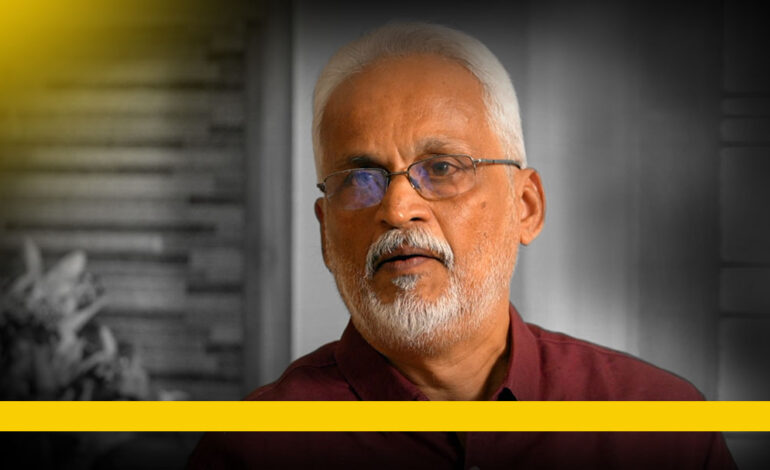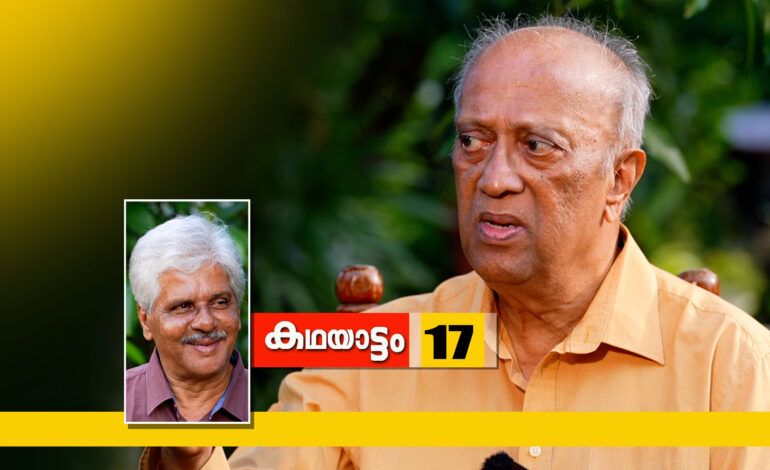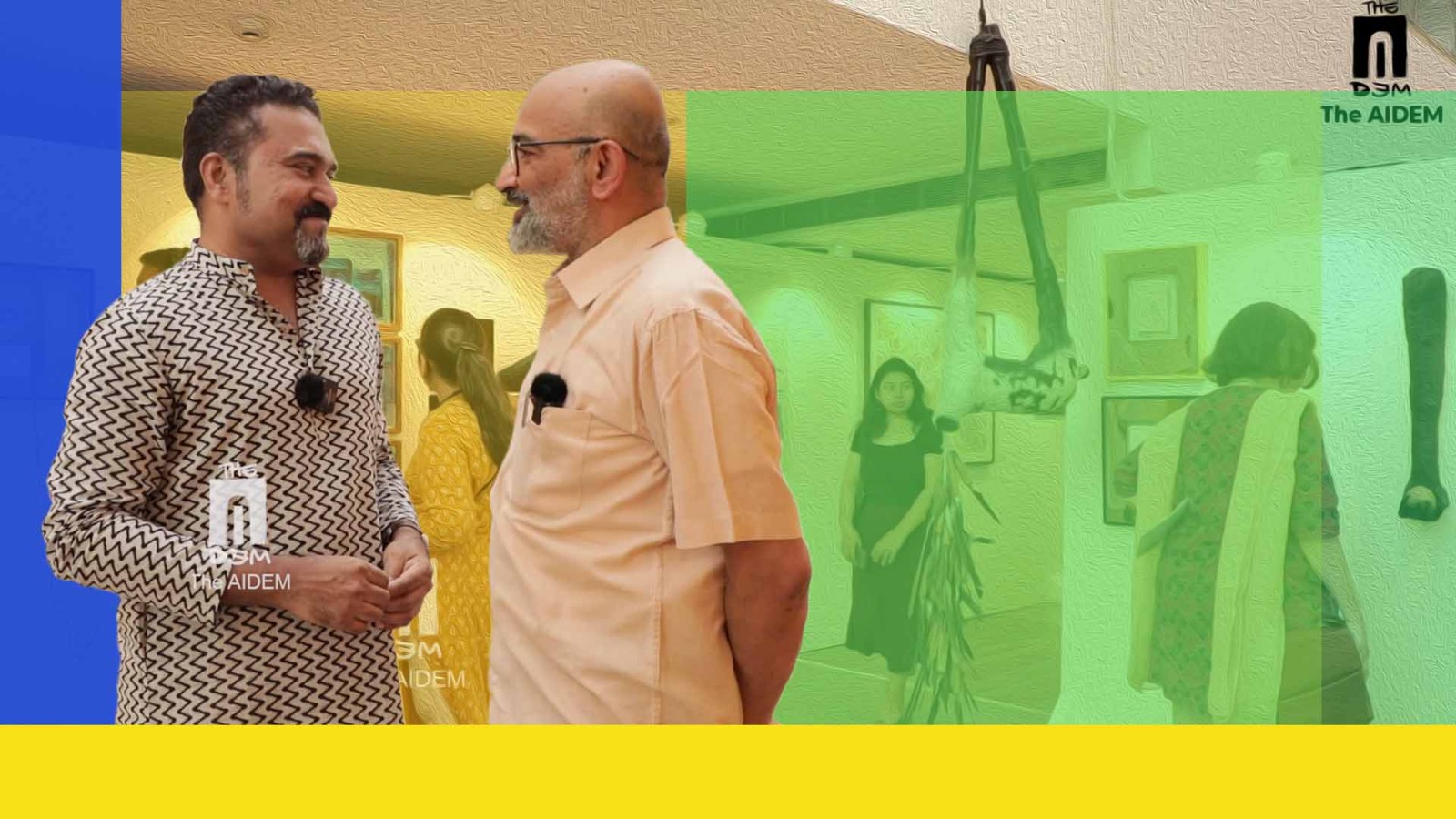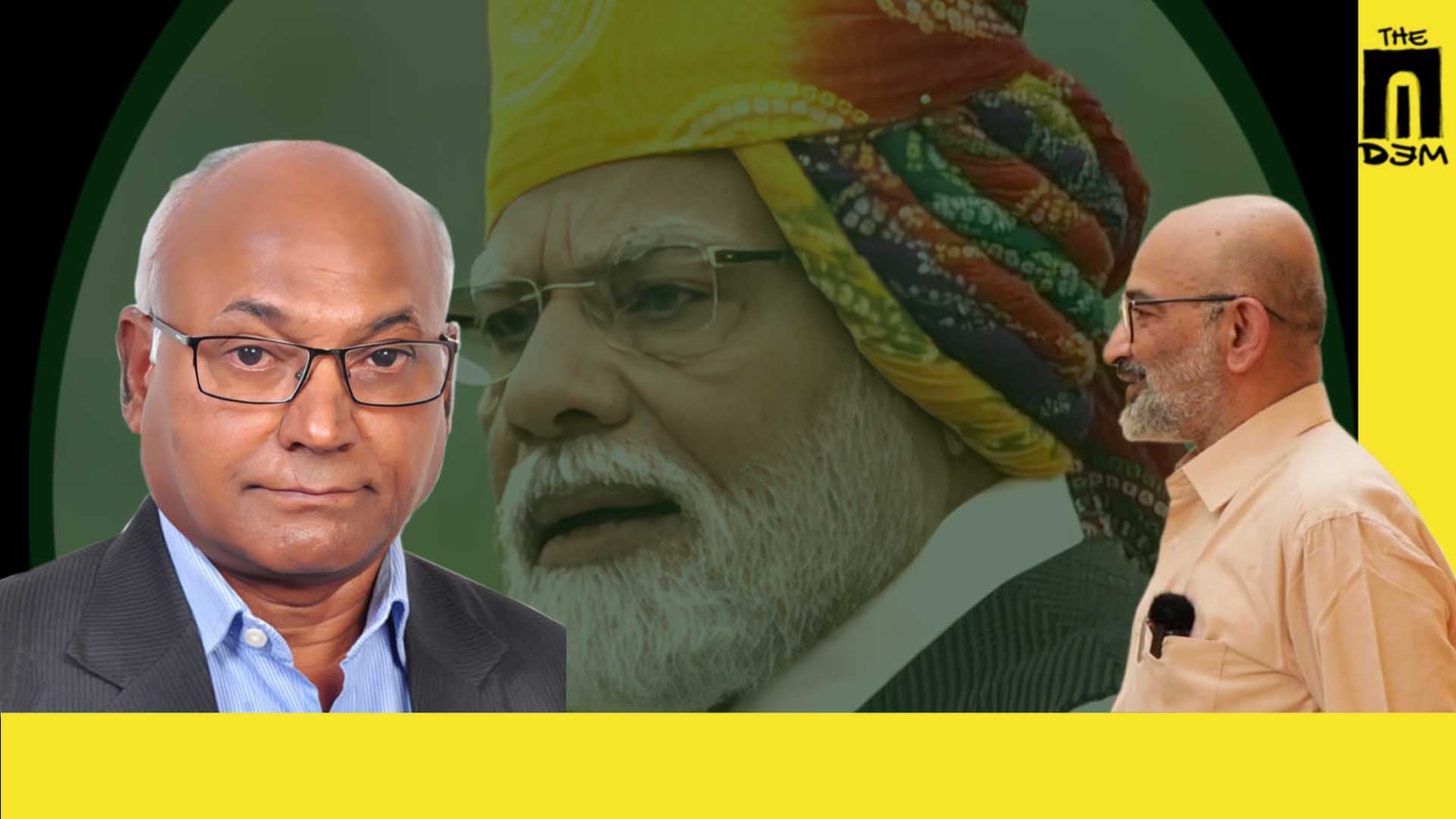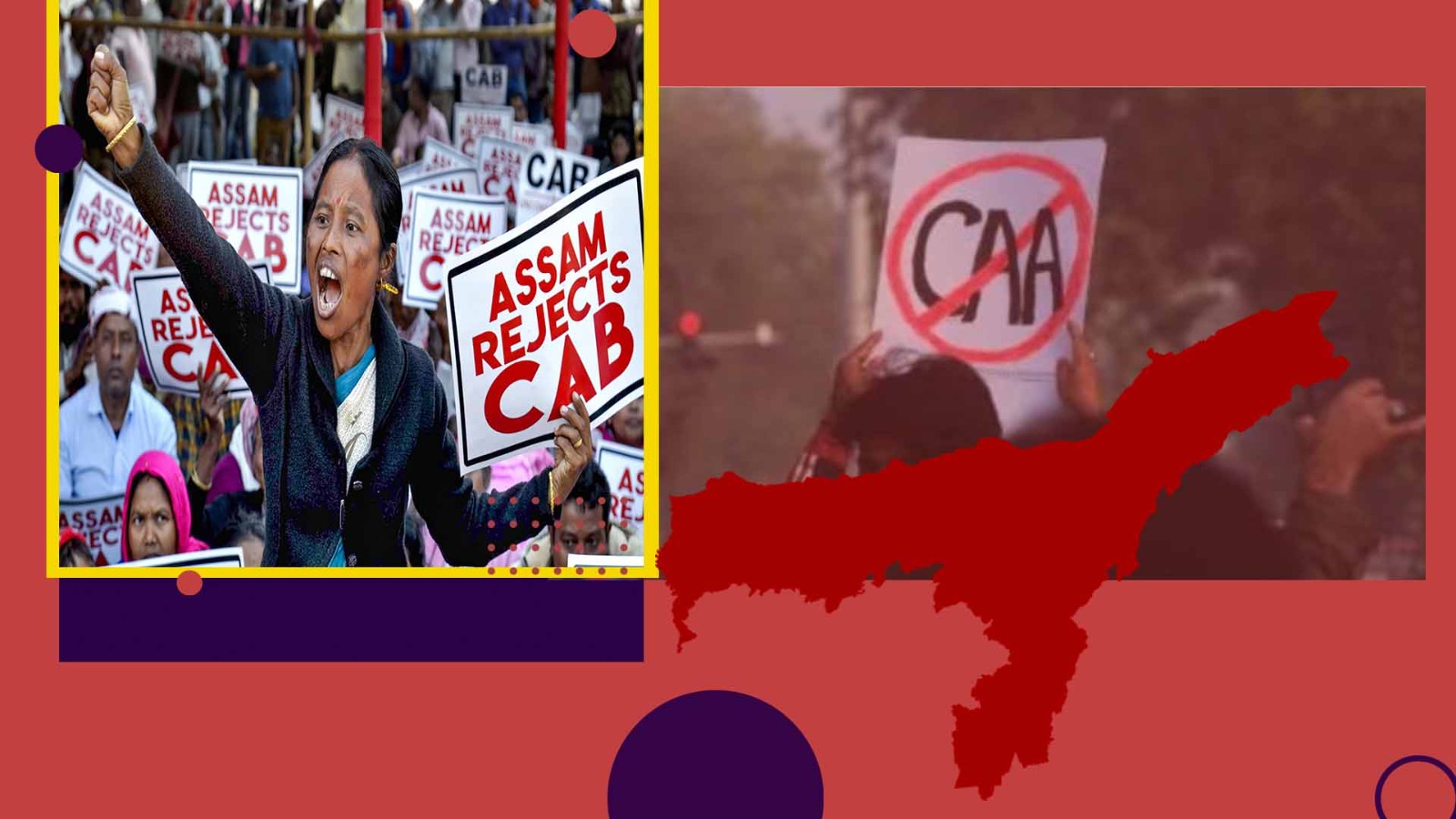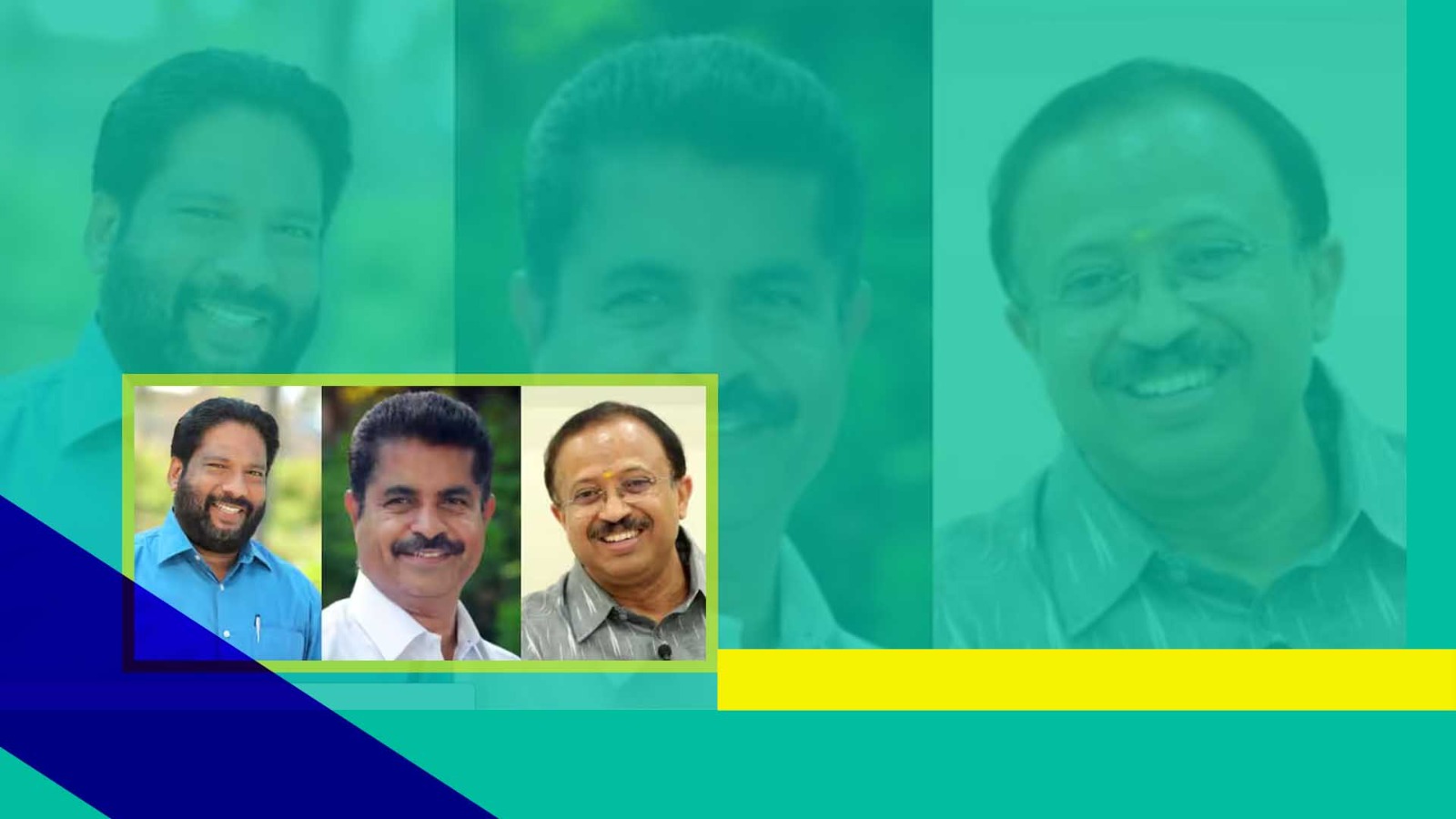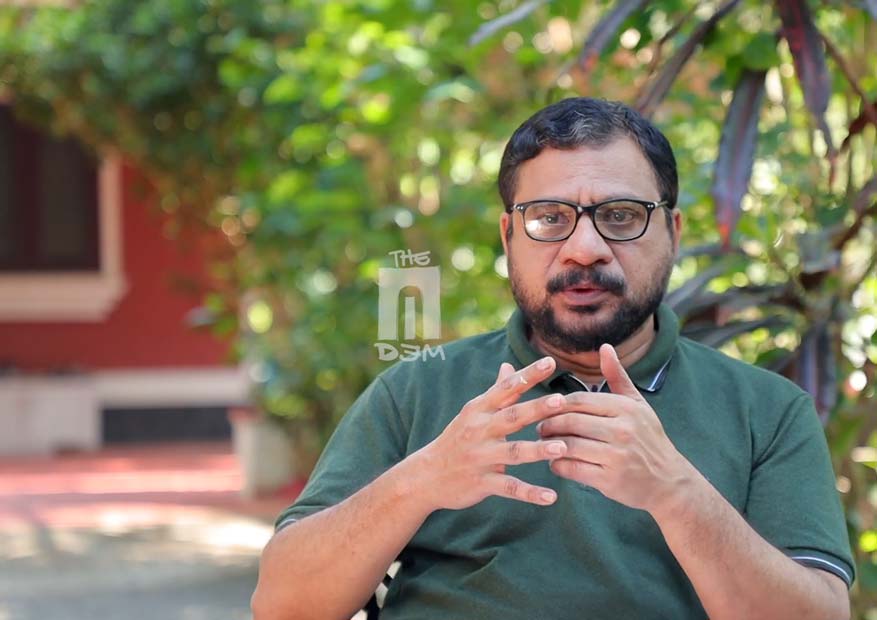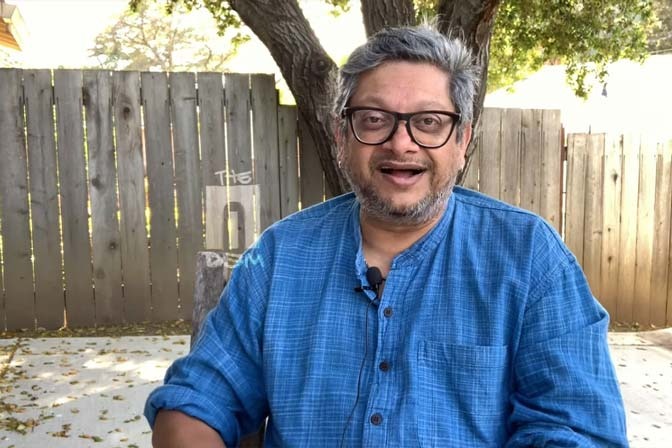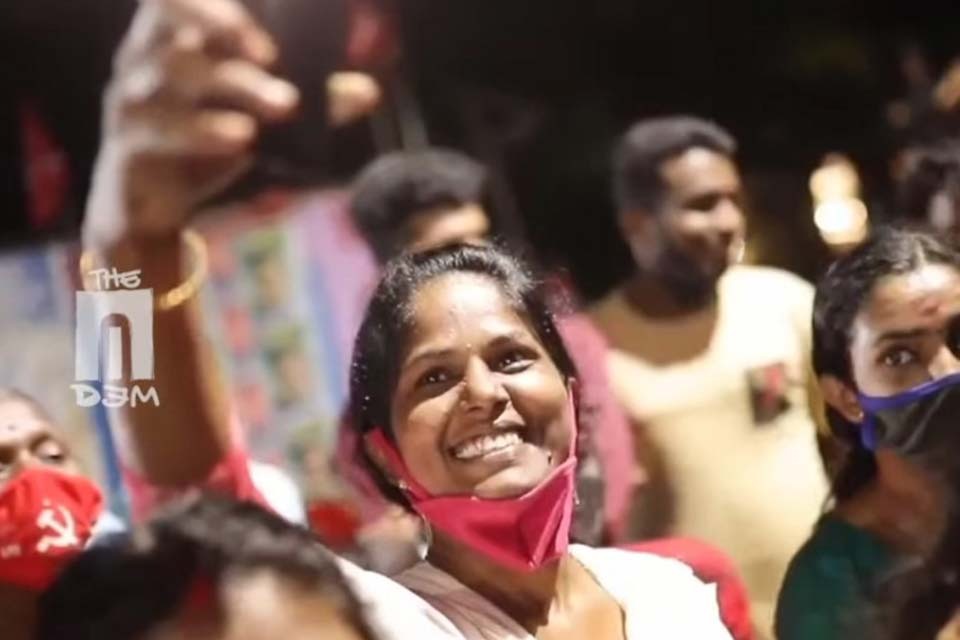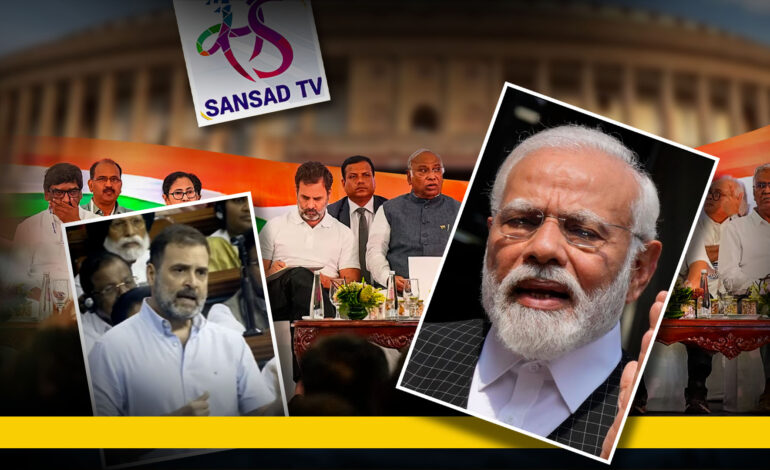
The monsoon session of Parliament ended on Friday (August 11, 2023) with a predictably unsuccessful no-confidence motion moved by the opposition against the Modi government dominating the debates for 16 days.
Given the huge majority that the ruling Bharatiya Janata Party (BJP) has in Parliament, the result of the motion was a forgone conclusion. But despite limited numbers and firepower, the opposition succeeded in making the Prime Minister come to Parliament and speak on Manipur, something that he had been avoiding in the wake of the ongoing ethnic conflict that has claimed the lives of over 150 people and rendered thousands of families homeless – the conflict that came to light through a video showing mass sexual violence against women.
Opposition leaders like Gaurav Gogoi, Mahua Moitra, Supriya Sule and Adhir Ranjan Chowdhary categorically stated the motion was basically a ploy to bring the Prime Minister to the House and hold him accountable in keeping with the constitutional and democratic ethos of the country.
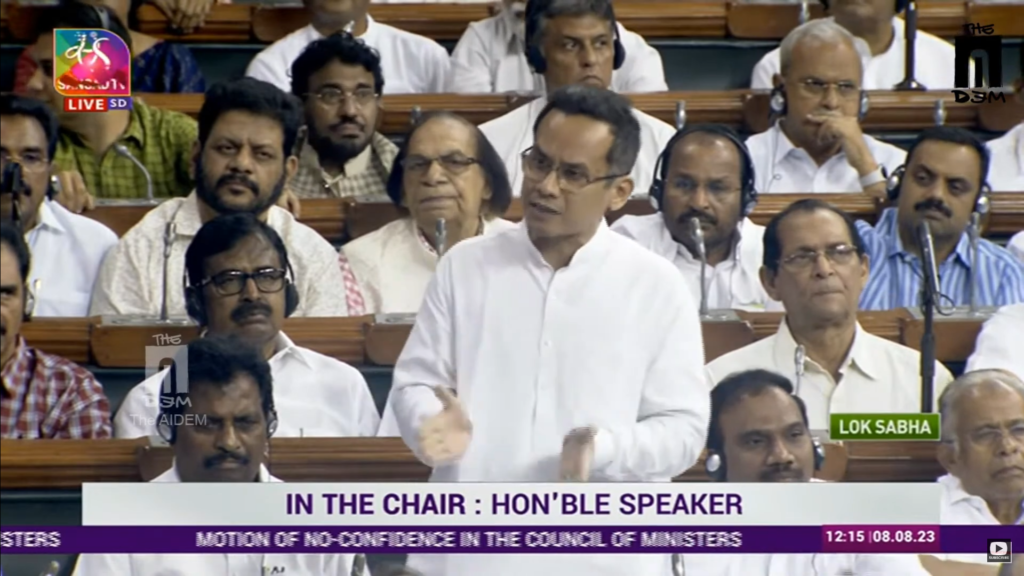
According to Congress member Gaurav Gogoi, who introduced the motion, it was “aimed at making the Prime Minister stop making speeches in foreign parliaments and come to the Parliament of India and deliver his speech here. And the second objective was justice for the people of Manipur.”
But in his much-awaited reply to the motion, Modi sounded more like a politician addressing an election rally rather than a Prime Minister answering three simple questions raised by the Congress MP:
1) Why did he not visit Manipur till date?
2) Why did it take almost 80 days for him to finally speak on Manipur and, when he did speak, did he speak on the subject just for 30 seconds?
3) Why has the Prime Minister not sacked the Manipur Chief Minister so far?”
Modi, as expected, spent most of the time accusing the opposition parties of corruption and anti-India activities, while revelling in self-admiration and self-obsession. And historical facts went for a toss. He falsely claimed that the Indian Air Force attacked its own citizens in Mizoram under the Congress rule in 1966. In a complete departure from the positions taken by the past governments and his predecessors, he called Operation Bluestar as an “attack on Akal Takht.”
Modi blamed the Congress for the ongoing ethnic conflict in Manipur but didn’t speak on the violence in Haryana’s Nuh, which is hardly 100 km from New Delhi, and the subsequent selective demolition drives by the administration against the Muslim community. A major part of his speech that concluded the three-day debate on the motion, was sound and fury signifying little. All that he had to offer after a studied silence on Manipur for the last three months was whataboutery, finger-pointing and scapegoating.
Modi’s speech, which was largely aimed at lampooning the opposition unity, inadvertently ended up exposing as bogus Amit Shah’s assertions that the ruling party wanted a serious discussion on the Manipur violence. In a speech that lasted 133 minutes he gave barely four minutes for Manipur and that too after the members of the INDIA bloc staged a walk out. Interestingly, the INDIA alliance members were soon joined by Bharat Rashtra Samithi (BRS) and the Shiromani Akali Dal (SAD).
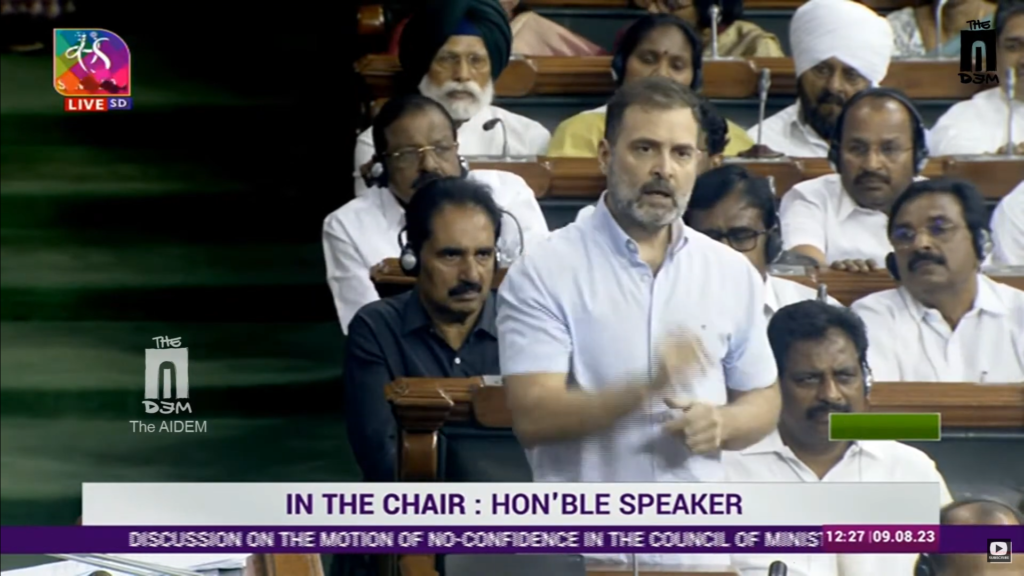
In contrast to Modi’s empty rhetoric, Congress leader Rahul Gandhi, who had returned to Parliament following a Supreme Court ruling revoking his disqualification from the Lok Sabha, attacked the government with renewed vigour. His speech visibly electrified even those parties that are not part of the NDA or INDIA. Amid the ruling party members’ heckling, and jeering, his flamboyance was remarkable. At the very outset of his explosive speech, he mockingly assured the ruling party MPs not to worry. “Relax! I won’t speak on Adani today,” he said. As anticipated, his speech was expunged at several places. Though he spoke for 15 minutes and 42 seconds, Rahul Gandhi was shown only for only four minutes on the Lok Sabha TV. Speaker Om Birla got 11 minutes and 8 seconds.
Speaking to media persons outside Parliament, Rahul said: “The Prime Minister spoke in Parliament for 2 hours and 13 minutes. In the last two minutes, he spoke on Manipur. People are being killed. Rapes are happening. Children are being killed. The Prime Minister was speaking laughingly. He was cracking jokes. It does not suit him.”
Interestingly, his Bharat Jodo Yatra, the expulsion and then reinstatement in Lok Sabha have raised Rahul Gandhi’s political profile. While being away from the House, he travelled with truck drivers, met with labourers and motor mechanics. He was seen ploughing farms with farmers in Haryana. And most importantly, he went to relief camps in Manipur and met with people from different sections of the society affected by sectarian violence.
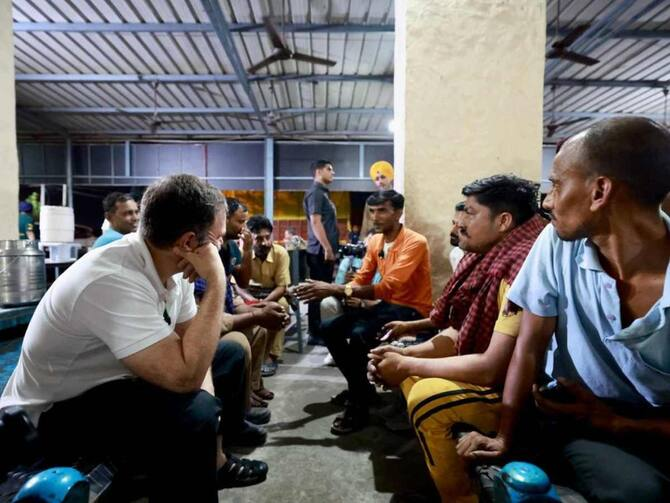
The BJP had egg on its face when C. Lalrosanga, the lone MP of the Mizo National Front (MNF), an ally of the BJP-led NDA, voted in favour of the no-confidence motion. Though many BJP leaders, both publicly and privately, have criticised the Modi government for mishandling the Manipur crisis, Lalrosanga in his media interviews disagreed with what Modi said inside the Lok Sabha. “They (Modi government) are not doing enough. They could not take the tribals into confidence. The Kukis, Zos and Mizos don’t have confidence in the State government,” he was quoted as saying. In a 25-minute interview to Karan Thapar for The Wire, C. Lalrosanga expressed his disappointment over Modi’s speech in the Lok Sabha, saying his party was expecting “more and better.” To discuss Manipur, he said he has been trying to meet Union Home Minister Amit Shah for the last 100 days but has not been given an appointment.
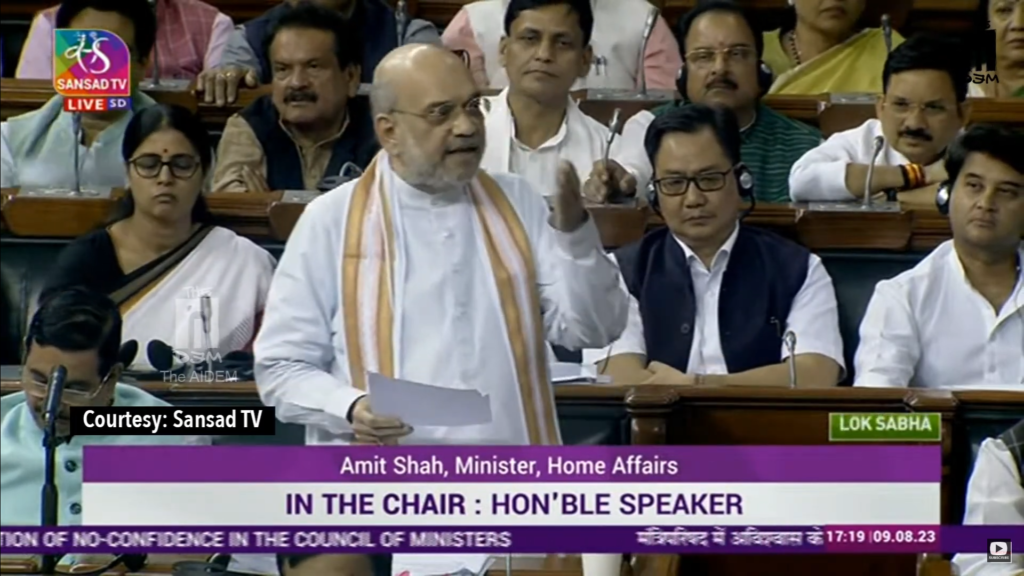
Those who spoke from the government side, including Home Minister Amit Shah and Finance Minister Nirmala Sitharaman, adopted the strategy of highlighting the internal differences in the INDIA alliance. Clearly rattled by the unprecedented unity of the opposition, Amit Shah took a swipe at the Congress over the presence of an old and ailing former Prime Minister Manmohan Singh, in the House. Amit Shah mocked INDIA for making the Aam Aadmi Party its ally. Shah said the AAP would pull out of the INDIA bloc as soon as the Delhi Services Bill was passed.
The opposition members under the banner of INDIA came up with a forceful presentation of the pitfalls of the Modi government.
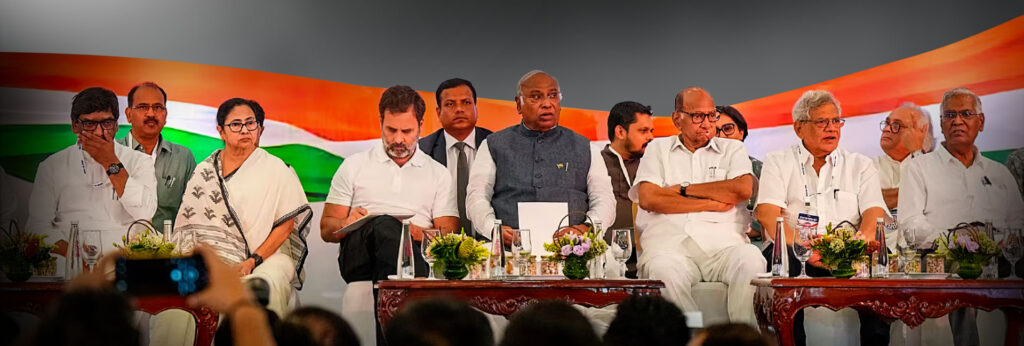
The debate has set the stage for the 2024 general election. INDIA alliance is holding its next meeting on August 31 and September 1 in Mumbai, where it is expected to form a 11-member coordination panel. Ever since the 26-member alliance came into existence, the BJP, which seems to have mastered the art of controlling political narratives so far has been finding it hard to counter INDIA despite Narendra Modi.



